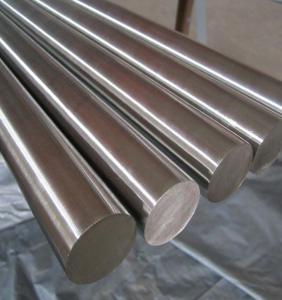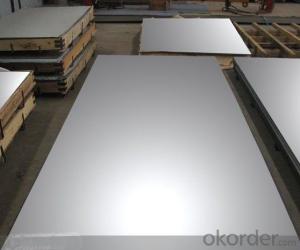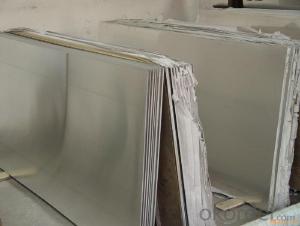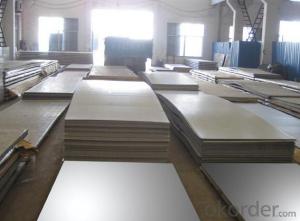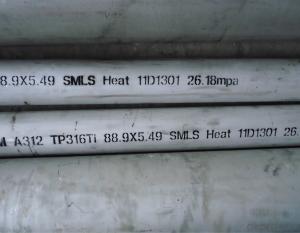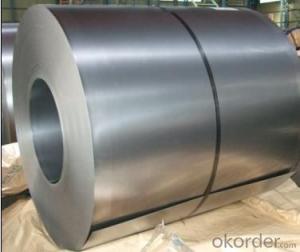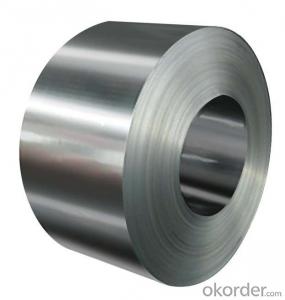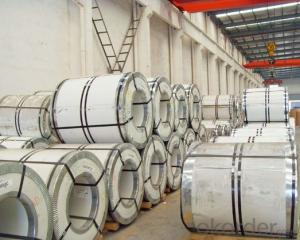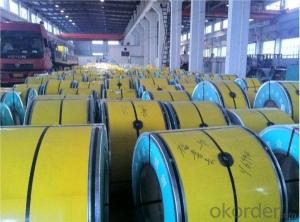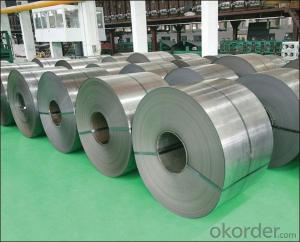316ti Stainless Steel
316ti Stainless Steel Related Searches
Best Paint For Stainless Steel Blanket Insulation For Steel Buildings Primer For Galvanized Steel Foam Filter For Stainless Steel H S Code For Stainless Steel Surface Grinding Wheels For Stainless Steel Surface Grinding Wheels For Hardened Steel Hole Saw For Stainless Steel Paint For Stainless Steel Stainless Steel For BbqHot Searches
Steel Mesh Panels For Sale Price For Stainless Steel Scrap Scrap Price For Stainless Steel Price For Stainless Steel Stainless Steel Tank For Sale Stainless Steel Sheets For Sale Cheap High Tea Sets For Sale Stainless Steel Tanks For Sale Stainless Steel For Sale High Density Fiberboard For Sale Solar Hot Water Collectors For Sale Scaffolding For Sale In Uae Scaffolding For Sale In Ireland Scaffolding For Sale In Houston Type Of Inverter For Solar Price Of Shipping Containers For Sale Types Of Inverter For Solar Stock Price For Aluminum Used Solar Inverter For Sale Steel Mesh Panels For Sale316ti Stainless Steel Supplier & Manufacturer from China
Okorder.com is a professional 316ti Stainless Steel supplier & manufacturer, offers integrated one-stop services including real-time quoting and online cargo tracking. We are funded by CNBM Group, a Fortune 500 enterprise and the largest 316ti Stainless Steel firm in China.Hot Products
FAQ
- The ability of stainless steel strips to resist corrosion is achieved through a combination of factors inherent to their composition and structure. The main factor responsible for corrosion resistance is chromium. By adding significant amounts of chromium to the steel alloy (typically at least 10.5%), a thin oxide layer is formed on the surface of the steel. This layer acts as a barrier, preventing further corrosion and protecting the underlying steel from corrosive elements. In addition to chromium, stainless steel also contains other alloying elements like nickel, molybdenum, and nitrogen, which further enhance its corrosion resistance. These elements help stabilize the oxide layer and improve resistance to specific types of corrosion. The microstructure of stainless steel also plays a crucial role in its corrosion resistance. It can exist in different crystal structures, such as austenitic, ferritic, martensitic, and duplex. The most common type used in stainless steel strips is austenitic stainless steel, which has a face-centered cubic structure. This structure provides excellent corrosion resistance and makes stainless steel strips suitable for various applications. Moreover, stainless steel strips can undergo different surface treatments to enhance their corrosion resistance. These treatments include passivation, pickling, and electropolishing, which remove impurities, contaminants, and free iron from the surface, promoting the formation of a more robust and protective oxide layer. Overall, the combination of alloying elements, oxide layer formation, microstructure, and surface treatments contribute to the remarkable corrosion resistance of stainless steel strips. This makes them highly durable and suitable for various environments and applications where corrosion is a concern.
- Yes, stainless steel strips can be polished. Stainless steel is a versatile material that can be polished to achieve a variety of finishes, ranging from a reflective mirror-like finish to a brushed or satin finish. Polishing stainless steel strips can be done using various methods, such as mechanical polishing, electrochemical polishing, or chemical polishing. The choice of method depends on the desired outcome and the specific requirements of the application. Polishing stainless steel strips not only enhances their aesthetic appeal but also helps to improve their corrosion resistance and cleanability.
- Yes, stainless steel strips are highly resistant to erosion. Stainless steel is an alloy composed of iron, chromium, and other elements that provide excellent corrosion resistance properties. The chromium content in stainless steel forms a protective passive layer on its surface, preventing the metal from reacting with the surrounding environment. Consequently, stainless steel strips are highly resistant to erosion caused by chemical reactions, moisture, and exposure to various atmospheric conditions. This makes them suitable for various applications where erosion resistance is crucial, such as in marine environments, chemical processing plants, and outdoor structures exposed to harsh weather conditions.
- Yes, stainless steel strips can be used in the production of jewelry clasps. Stainless steel is a durable and corrosion-resistant material, making it suitable for various applications in the jewelry industry. It provides strength and stability to clasps, ensuring the longevity of the jewelry piece. Additionally, stainless steel's versatility allows for various designs and finishes, making it a popular choice for clasps in different jewelry styles.
- Yes, stainless steel strips can be used in the production of oil and gas storage tanks. Stainless steel is highly resistant to corrosion, making it an ideal material for storing oil and gas, which can be corrosive substances. Additionally, stainless steel offers high strength, durability, and temperature resistance, making it suitable for the demanding conditions of oil and gas storage.
- The dimensions and thicknesses available for stainless steel strips vary depending on the specific requirements and application. Stainless steel strips are commonly available in widths ranging from 1/2 inch to 48 inches and thicknesses ranging from 0.001 inch to 0.1875 inch. However, it is important to note that these dimensions can be customized to meet specific project needs. Some manufacturers may offer even wider or thicker stainless steel strips for specialized applications. Additionally, the length of stainless steel strips can vary, typically ranging from a few feet to hundreds of feet, depending on the supplier and customer requirements. It is always recommended to consult with a stainless steel supplier or manufacturer to determine the precise dimensions and thicknesses available for stainless steel strips for your specific project.
- Stainless steel strips are available in various thicknesses to suit different applications and requirements. Typically, the thickness options for stainless steel strips range from 0.0015 inches (0.0381 mm) to 0.125 inches (3.175 mm) or even thicker, depending on the specific project needs. These thicknesses are commonly measured in gauge, with 22 gauge (0.030 inches) and 16 gauge (0.0625 inches) being the most prevalent. Nonetheless, it should be noted that stainless steel strips can be tailored to meet specific thickness requirements if necessary. The choice of thickness will be influenced by factors such as the intended usage of the strips, the desired level of durability and strength, and any applicable industry standards or regulations that must be adhered to.
- Yes, stainless steel strips can be used in food processing. Stainless steel is a popular choice in the food industry due to its corrosion resistance and hygienic properties. It is non-reactive, meaning it will not interact with the food and alter its taste or quality. Stainless steel strips are commonly used in food processing equipment such as conveyors, mixers, tanks, and cutting machines. They are easy to clean and maintain, making them suitable for environments that require strict sanitation standards. Additionally, stainless steel is durable and can withstand high temperatures, making it ideal for various food processing applications.





















